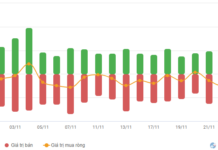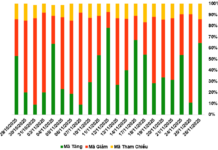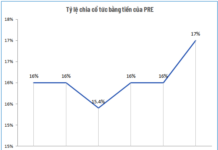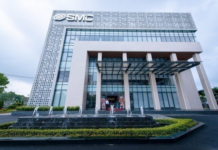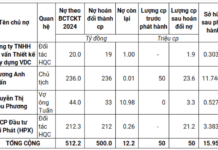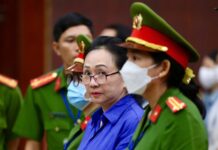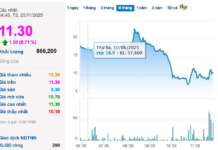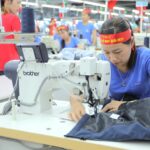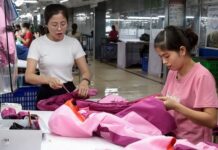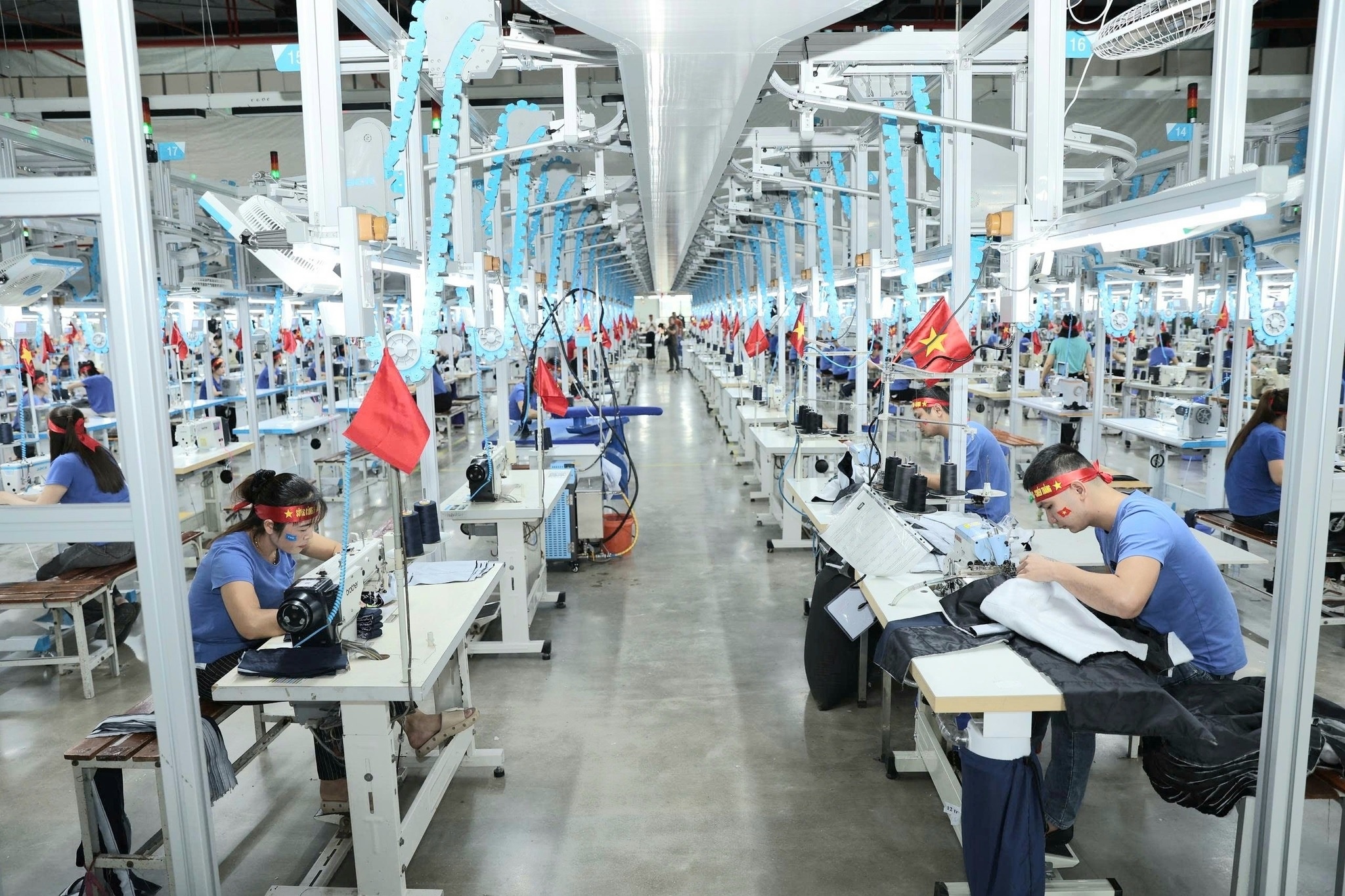
Sewing team at TNG Viet Duc – Son Cam branch. Illustrative image
|
At the Press Conference of the 7th Term Congress (2025-2030) and the 2025 Annual Review of the Vietnam Textile and Apparel Association (VITAS) on November 25th, Chairman Vu Duc Giang shared that in the first 10 months of 2025, Vietnam’s textile and garment industry exported $38.4 billion, a nearly 6% increase compared to the same period last year. This growth reflects the industry’s adaptability amidst global economic fluctuations and trade shifts caused by tariff shocks.
The 2025 textile and garment export turnover is estimated to reach $46 billion, a 5.6% increase from 2024. The trade surplus stands at $21 billion, continuing to significantly contribute to the trade balance. The localization rate is approximately 52%, marking a substantial step towards self-sufficiency in raw materials and accessories.
The industry aims to achieve an export turnover of $64.5 billion by 2030, with an average annual growth rate of 6.5-7%; the domestic market is targeted to reach $8-9 billion; the localization rate is expected to exceed 60%, and there will be a strong push towards greening and digitization to meet sustainability requirements from major import markets.
According to VITAS, U.S. tariffs on Vietnamese textile and garment products remain largely unchanged, and export activities are proceeding as usual. Many companies are negotiating orders for Q1 and Q2 of 2026, while effective FTAs continue to support market diversification.
Dual Transformation Becomes Imperative
Earlier, at the discussion session of the Forum “Dual Transformation – The Engine for Economic Growth” on October 30th, Vice Chairman and Secretary-General of VITAS Truong Van Cam emphasized that dual transformation—digital governance and green production—is no longer optional but essential for the textile and garment industry to sustain growth amidst new barriers related to countervailing duties, traceability, and low emissions.
Mr. Cam believes that businesses need to develop transformation strategies suitable for their scale and value chain, prioritizing investment in digitization, energy conservation, emission measurement, and traceability. Financial support programs for green initiatives, training, and technology transfer from the government, associations, and international organizations are considered vital resources. Collaboration between large and small-medium enterprises will help share costs and accelerate pilot models.
EVFTA Opens Markets, EPR Sets Long-Term Standards
At the Seminar “How Can the Textile Industry Leverage EVFTA to Respond to Countervailing Duty Policies?” on November 13th, Vietnam’s Trade Counselor in Sweden and the Nordic Region, Ms. Nguyen Hoang Thuy, emphasized that EVFTA serves as a “springboard” for Vietnamese textile and garment products to penetrate deeper into the EU market. However, businesses must not rely solely on tariff preferences but also adapt to new standards in environmental protection, traceability, and sustainable development, which are shaping the European fashion supply chain.
Ms. Thuy particularly highlighted the EU’s Extended Producer Responsibility (EPR) regulation in the textile industry as a “new rule of the game,” potentially reshaping the entire global fashion supply chain. While EVFTA is the “entry point,” EPR is the “measure of survival capability” for Vietnamese goods in this market. According to her, Vietnam needs to transition from a short-term supplier to a sustainable development partner, capable of contributing to the global green fashion supply chain.
|
Business Results of listed textile and garment companies in the first 9 months of 2025 showed robust growth, recording the second-highest profit in the decade, just behind the peak in 2022. The primary driver for this surge was the short-term spike in orders, as customers, particularly in the U.S. market, accelerated order placement and delivery ahead of new tariff policies. Cumulatively, over 9 months, industry revenue (surveying 34 listed companies) increased by 8%, while net profit soared by 56% year-on-year. |
– 10:37 26/11/2025
Maximizing EVFTA’s Golden Opportunity: Vietnam’s Untapped Potential, Experts Say
After five years of implementation, Vietnam-EU trade turnover has surged by 25% to reach $65 billion. However, Vietnamese goods still account for only about 1.4% of the European Union’s total imports, while neighboring countries are increasingly securing similar trade advantages.


